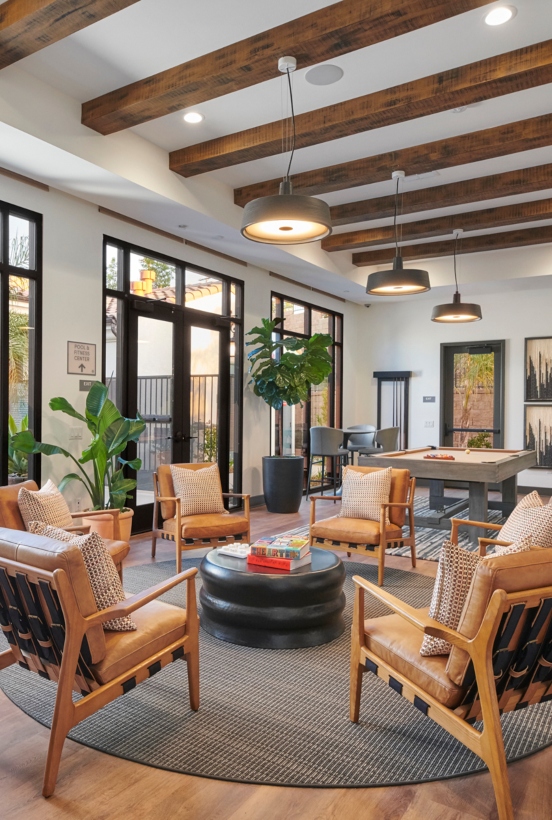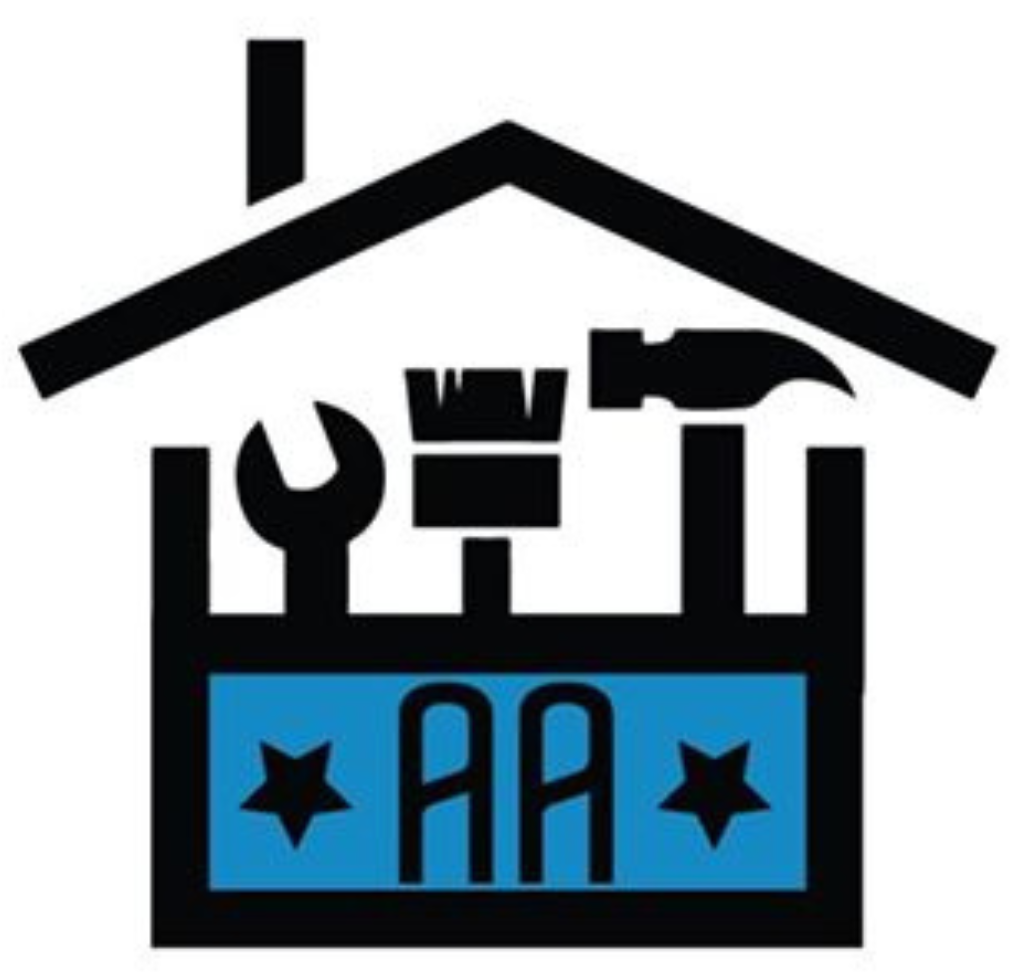When planning a home makeover, one of the biggest considerations is the cost of painting. Whether it’s refreshing interiors or revamping exteriors, pricing varies significantly based on multiple factors. For homeowners and professionals in the industry, recognizing what impacts costs can help in budgeting efficiently. If you’re searching for house painter service, it’s crucial to understand these elements to get the best value for your investment.

1. Size of the House
One of the most significant cost drivers is the total area to be painted. Larger homes require more paint, more labor, and more preparation work. The cost is typically calculated per square foot, meaning that bigger spaces will naturally demand a higher budget.
- Interior vs. Exterior – Interior walls may have multiple rooms, trim, and ceilings to consider, while exterior painting requires additional factors like weather resistance and protective coatings.
- Ceiling Heights – Taller walls need additional scaffolding or ladders, increasing labor time and safety considerations, which can lead to higher costs.
2. Type of Paint and Quality
Paint selection plays a crucial role in both cost and durability. Different brands and finishes have varying price points.
- Premium Paint vs. Standard Options – High-end paints offer better coverage, longevity, and washability but come at a higher price.
- Finish Type – Matte, satin, semi-gloss, and high-gloss finishes all have different costs. Higher gloss levels tend to be more expensive due to their durability and ease of cleaning.
- Eco-Friendly and Low-VOC Options – Environmentally conscious homeowners may opt for low-VOC or zero-VOC paints, which are often priced higher than traditional options.
3. Surface Preparation
A well-prepped surface ensures better adhesion and longevity of the paint job. The condition of walls before painting can impact labor and material costs.
- Repairs and Patching – Cracks, holes, and water damage must be repaired before painting, adding to labor hours.
- Cleaning and Sanding – Dirt, grease, and old peeling paint need removal, requiring pressure washing or sanding.
- Priming – Some surfaces need a primer, especially when transitioning between dark and light colors or painting over bare drywall or wood.
4. Number of Coats Required
The number of coats impacts paint consumption and labor time. Darker colors and textured surfaces often require multiple coats for proper coverage.
- Light Over Dark vs. Dark Over Light – Painting a dark color over a light base typically requires more coats, while going from light to dark might need fewer.
- Highly Absorbent Surfaces – Drywall, stucco, or untreated wood may soak up more paint, requiring additional layers.
5. Labor Costs
Labor is one of the highest expenses in any painting project. Skilled painters bring efficiency and expertise, but their rates vary based on experience and location.
- Hourly vs. Per Square Foot Pricing – Some painters charge hourly rates, while others offer pricing per square foot.
- Local Market Rates – The cost of labor varies depending on the city or region. Urban areas often have higher labor rates due to demand.
- Project Complexity – Intricate designs, multi-colored rooms, or hard-to-reach areas can add to labor hours.
6. Location and Accessibility
The location of the property and how easy it is to access can influence costs.
- Difficult-to-Reach Areas – Multi-story homes, steep exteriors, or homes with unique architecture may need specialized equipment, increasing costs.
- Transportation Costs – If the painting team needs to travel a significant distance or bring specialized tools, these costs are often included in the estimate.
7. Season and Weather Conditions
Timing matters when scheduling a painting project. Weather and seasonal factors can impact both exterior and interior painting.
- Humidity and Rainfall – Exterior painting requires dry conditions. Rainy or humid weather can delay the process, potentially leading to increased labor costs.
- Peak Season vs. Off-Season – Demand for painters is higher in spring and summer, which can lead to increased pricing. Scheduling during off-peak seasons might result in better rates.
8. Customization and Special Finishes
Beyond basic painting, specialized techniques and custom designs can add to the final bill.
- Textured Finishes – Faux finishes, Venetian plaster, and decorative textures require more labor and skill.
- Accent Walls and Murals – Custom designs, patterns, and hand-painted details are priced separately due to the level of craftsmanship involved.
- Cabinet and Trim Painting – Painting doors, baseboards, window frames, and cabinetry requires precision, which can add to labor and material costs.
9. Type of House and Construction Material
Different house types and construction materials influence the complexity of the project.
- Brick, Stucco, or Wood Exteriors – Each material requires a specific painting approach. Brick and stucco often need specialized paints, while wood may need sealing and sanding.
- Historic Homes – Older homes with intricate details, delicate materials, or lead-based paint removal require extra preparation and care.
10. Permits and Regulations
Depending on the location, painting projects may require permits, particularly for historic homes or HOA-governed communities.
- Homeowner Associations (HOAs) – Some communities have strict guidelines on paint colors and application methods, potentially leading to additional compliance costs.
- Environmental Regulations – In some areas, disposal of old paint or use of certain chemicals must comply with environmental laws, adding to overall project costs.
11. Additional Services
Sometimes, a painting project involves more than just applying paint.
- Power Washing – Cleaning surfaces before painting is essential for better adhesion.
- Caulking and Sealing – Gaps around windows and doors may need sealing before painting to ensure durability.
- Wallpaper Removal – If wallpaper needs to be removed, this adds an extra step before painting can begin.
Why Choose Affordable Action?
Selecting the right painting company is just as important as choosing the right paint. At Affordable Action, we bring a combination of expertise, high-quality materials, and efficient project management to every job. Our team prioritizes precision, timely completion, and customer satisfaction. With years of experience, we ensure that every home receives a flawless finish that lasts. Whether it’s interior or exterior work, we tailor our services to meet your needs while keeping costs transparent and fair.
For a seamless painting experience with professional results, trust Affordable Action to transform your space.

